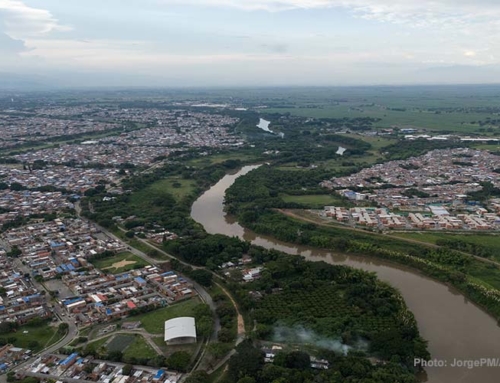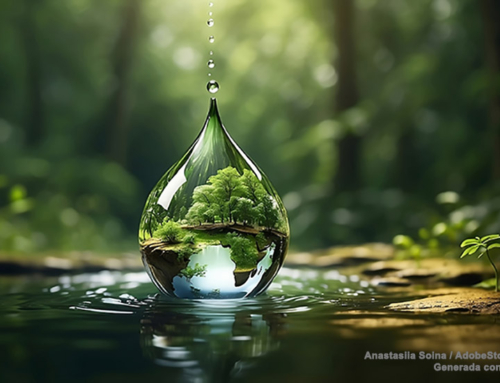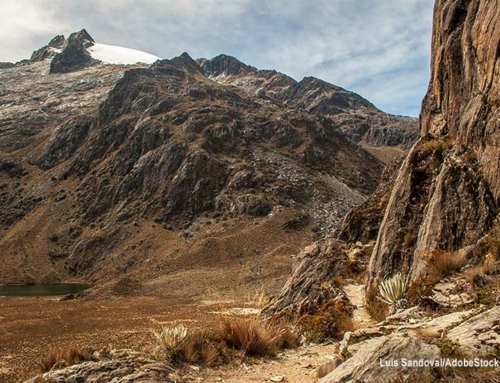The “World Day to Combat Desertification” is celebrated every year on June 17, because that day, in 1994, the “Convention to Combat Desertification” was enacted in Paris, that is, a quarter of a century ago.
This 25th anniversary of the Convention will be organized by the government of Turkey, in the city of Ankara. This year’s theme will be “Let’s grow the future together” and in Spanish “Construyamos el futuro juntos“.
The hashtags for the trends will be:
In English: #WorldDayToCombatDesertification # 2019WDCD #ODS15 #Desertification #Drou#WorldDayToCombatDesertification #2019WDCD #SDG15 #Desertification #Drought #Agenda2030 #Biodiversity #LandDegradationNeutrality #ClimateChange
In Spanish: #DíaMundialDeLuchaContraLaDesertificación #2019WDCD #Desertificación #Sequía #ODS15 #Agenda2030 #DiversidadBiológica #DegradaciónDeLaTierra #CambioClimático
Topics of this year
The UN, on the celebration of these 25 years, has chosen three major themes for its development.
- Soil and drought
“Looking ahead to 2025, 1800 million people will live an absolute water shortage, and two thirds of the world’s population will not have enough water resources.”
- Land and human security
“In 2045 around 135 million people worldwide may have been displaced as a result of desertification.”
- Soils and climate
“The restoration of soils in degraded ecosystems can lead to the absorption and storage of up to 3 billion tons of carbon each year.”
Agenda 2030
The Agenda 2030 for Sustainable Development, in its Goal 15, includes the determination to stop and reverse land degradation.
The origins of the Convention to Combat Desertification
The problem of desertification was addressed for the first time, formally, at the Rio Summit in 1992, a time when was already taking on alarming characteristics. In Rio, he advanced, in theory, on how to deal with the problem and supported a new integrated approach on it, which entered into force on December 26, 1996. For more details, see the document “Convention of the United Nations fight against desertification in countries affected by severe drought or desertification, particularly in Africa”.
This detailed document covers most aspects related to desertification and drought. However, in practice, in these 25 years, not only has there not been progress in the matter but it has receded because of several factors, among which the deforestation of the forests and the effects of the drought. The latter, partly because of deforestation itself, and partly due to other factors related to the advance of global warming and climate change.
For example, half a century of hostile deforestation of the Borneo rainforest is being completed, during which time the lung of Southeast Asia was practically destroyed, first to supply the logging industry with logs, and then by the massive planting of the palm of oil, known for its negative effects on the soil. In Borneo the first local climatic change of the planet was made by human hands, scientifically proven. But in addition, there are another ten forests of the Earth that are being depleted, among them the Amazon rain forest, known as the lung of the world.
Desertification in numbers
Desertification is a global problem that directly threatens more than 250 million people and a third of the earth’s surface or more than four billion hectares. Equally, the livelihood of some one billion people in more than one hundred countries, who depend on the land for most of their needs and who are usually the poorest inhabitants of the planet, is in danger.
Although desertification affects the African continent to a greater grade, two thirds of which are deserts or drylands, the problem is not confined to the dry lands of that continent. More than 30% of the land in the United States is affected by degradation. The fourth part of Latin America and the Caribbean are deserts and drylands. In Spain, a fifth of the land is in danger of desertification. In China, sandstorms and the growth of deserts have devastated nearly 700,000 hectares of cultivated land since the 1950s; 2.35 million hectares of pastures; 6.4 million hectares of forests, wooded expanses and shrub lands. Around the world, approximately 70% of the 5.2 billion hectares of drylands used in agriculture are degraded and threatened by desertification.
The UN opinion article
Dedicated to the World Day to Combat Desertification, we find the article “The Decay of the Land“. Here we leave some paragraphs for consumption of our readers:
“Desertification is the degradation of land in arid, semi-arid and dry sub-humid areas. It is caused mainly by human activity and climatic variations.
This process does not refer to the advance of existing deserts. Desertification is due to the vulnerability of dryland ecosystems, which cover a third of the planet’s surface, to overexploitation and the inappropriate use of land. Poverty, political instability, deforestation, overgrazing and poor irrigation practices negatively affect soil productivity.
Every June 17 we celebrate the World Day to Combat Desertification and Drought to raise awareness about international initiatives to combat these phenomena. This date gives us a unique opportunity to remember that land degradation can be neutralized through the search for solutions, with strong community participation and cooperation at all levels”.
Sandor Alejandro Gerendas-Kiss







Leave A Comment